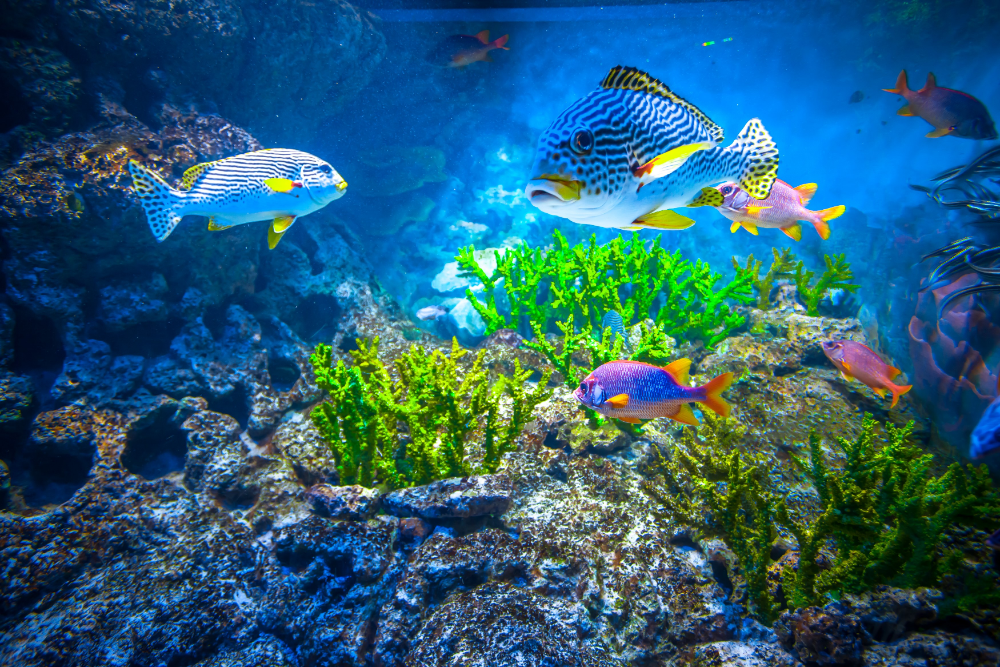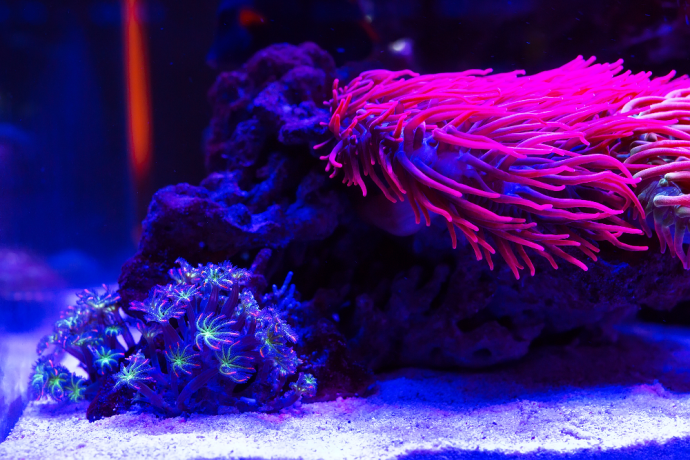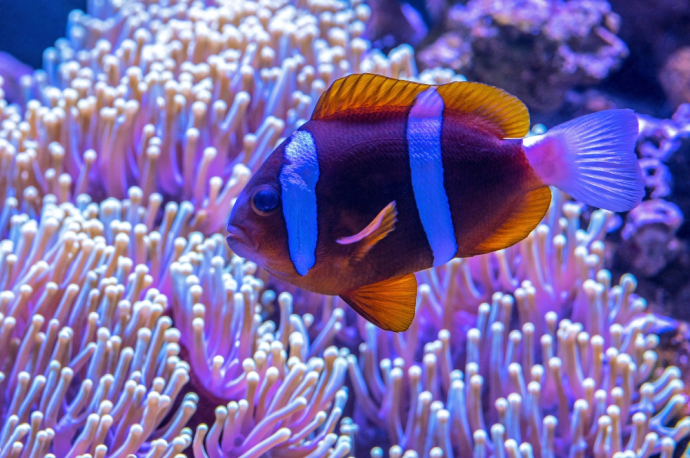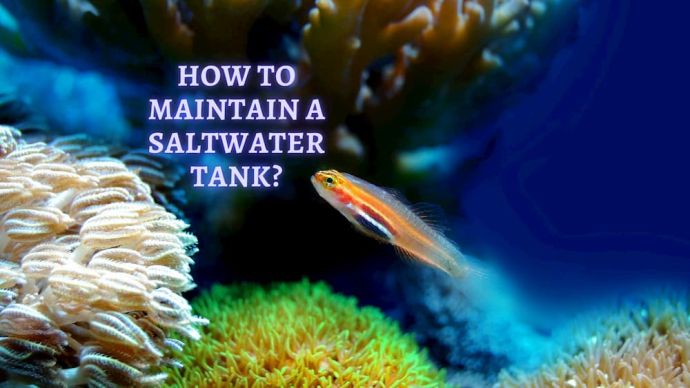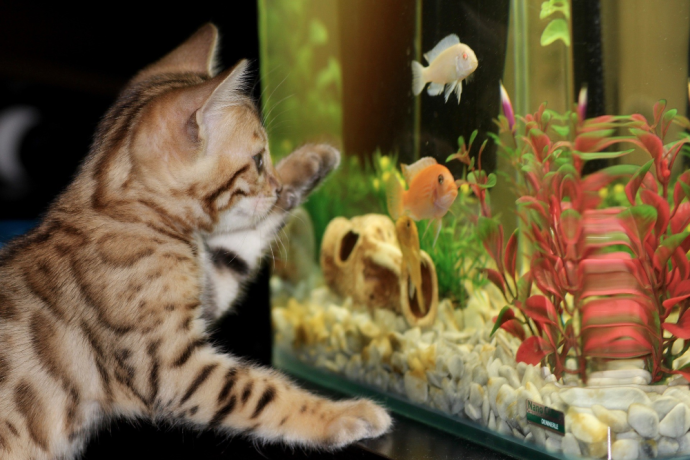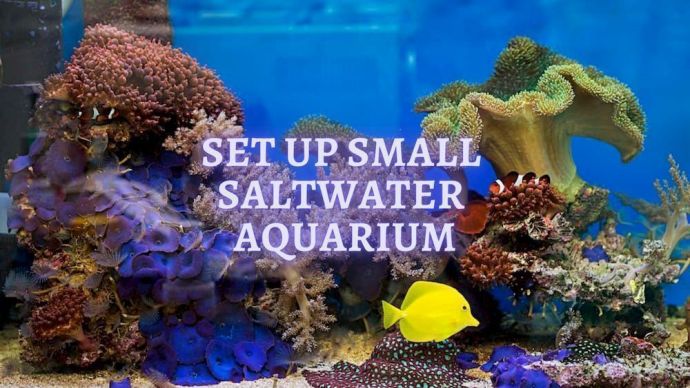How to Start a Saltwater Aquarium
Written by:
Author: Vicki Smirnova
Vicki Smirnova is a professional writer and editor who adores animals and helps readers get along well with their pets. She has been working in digital media for more than 5 years and has great experience writing content about lifestyle, including pets. Vicki specializes in dog health and nutrition, cat feeding, dog training. She is an aquarium lover and is passionate to write about fish care at home. Also, Vicki headed several websites and worked as a news editor.
View all 245 articlesLearn about our editorial process and veterinary review board.
Viewed: 202
Updated on: 03/10/2021
This article will help you understand all the subtleties of maintaining a marine aquarium if you want to start your marine aquarium.
Also, this article has a step-by-step guide to starting a marine aquarium. The guide is divided into several stages. At each stage, the key topics and questions that you may have been revealed.
Choosing a place for a Saltwater Aquarium
It is essential to choose the appropriate place to put the aquarium. There should be enough space around for maintenance work. The tank should be far away from doors or windows, a cold draft or direct sunlight – all unacceptable.
Choosing the volume of a Saltwater Aquarium
The larger the size of a marine aquarium, the more stable the balance of the ecosystem inside. But it is essential not to forget about the proportions of the aquarium.
The most optimal volume for the “sea” is considered to be a capacity of 52-66 gallons. You can start with smaller aquariums – the best option is 13-21 gallons. A tiny tank (for example, 5 gals) can also be made “marine” if desired, but it is quite challenging to maintain constant water parameters.
The container’s rectangular shape is preferable to the cubic one, and this is due to the possibility of organizing proper lighting and placing stones.
The marine aquarium’s equipment should be placed so that, while performing the functions assigned to it, it does not spoil the interior of the room.
The equipment for a Marine Aquarium
When you choose equipment for a marine aquarium, you must understand that it must be resistant to saltwater. If the machine is not created for saltwater, it will release toxins into the water that can poison the water and lead to the death of fish and invertebrates.
Also, you need to consider the number of future inhabitants, their name, compatibility, and needs, and then engage in the selection of everything necessary.
READ MORE: Best Starter Fish
Lighting
The choice of light directly affects marine inhabitants’ well-being, since the life cycle of all invertebrates depends on the quantity and quality of light.
Most often, marine aquariums are equipped with metal halide lamps of 150-500 W (depends on aquarium’s volume). They emit light that reaches the bottom almost without scattering. Some of them have a night light function. You can also use daytime running lights or led lights.
The optimal duration of the “light day” in a marine tank is 10-12 hours.
Water Filtration and Regeneration
The water in a saltwater tank must be clean and free of nitrates.
Filtration equipment
- Skimmer. With this device, organic matter is removed from the water until it begins to disintegrate.
- Biological filter. This is a box with filter material. The filter material can be coral chips or other porous organic material.
- Refugium. Algae can very effectively remove nitrates from water. Microplankton is also propagated in the algae, which many inhabitants feed on.
- Return pump. The pump is installed in a special compartment with a variable water level. The chamber must be large enough so that in the event of an emergency power outage or pump failure, it can accommodate the entire volume of water that will flow out of the aquarium. It is necessary to pay attention to the power of the return pump. The optimal solution is a pump that manages to pump about ten volumes of the tank per hour. In this case, the decomposition products will be removed from the aquarium in time, and the water will be sufficiently oxygenated.
- Auto-fill. The compensation system for water evaporated from the aquarium.
READ MORE: How to make a Refugium
The main principle of filtration in an tank is a closed cycle. With the help of a return pump, water enters the fishbowl, exceeds a certain level, enters the overflow box, and then flows back by gravity.
Creating a flow
The current plays a vital role in the marine aquarium. It purifies water, delivers food, and carries oxygen.
The flow of water should be directed at the stones.
Two pumps are usually used to create a flow; each must pump an average of 50 volumes per hour. The shoes are installed opposite each other. Thus, the tank creates are current that does not allow the inhabitants to die due to a lack of oxygen.
Aquarium Refrigerator
The more relaxed in the aquarium is necessary during periods of heat. In a marine aquarium, the temperature should be in the range of 77-78.8 Fahrenheit. If the water overheats, its inhabitants may die.
An aquarium refrigerator is expensive, but if half of the inhabitants die in hot weather, then buying new ones will cost you more.
READ MORE: TOP Rated Aquarium Canister Filters
Preparation of Saltwater
A marine tank requires special osmotic water. You can make such water using an osmotic installation.
Stages of water preparation:
- Pour fresh osmotic water, filling 75 percent of the aquarium.
- Pour salt, mainly used for marine aquariums, should be used. You can buy this salt in a pet store.
- Start the pumps and turn on the heater; it should take some time before the salt dissolves in the water.
- Measure the salinity level using a Refractometer. In aquariums with seawater, this indicator should be in the range of 33-35 ppm.
- Measure the water temperature. The temperature should be 77 F.
- Cover the bottom with a layer of sand, no more than 1 inch. Before you fill the sand in the aquarium, wash it first and boil it; it must also be pre-processed.
- A day after the water settles and becomes transparent lay live stones. They are necessary for water maturation.
After all this, the tank is left alone for a week, during which it will be prepared. During this period, processes, such as darkening of the sand or greening of the glass, may occur. This is normal and should pass by the end of the week. After that, the tank is ready to accept its first inhabitants.
Settling the Aquarium
The first inhabitants must be unpretentious. First, you can get shellfish and arthropods, then a week later, fish (not aggressive and not territorial). Corals are added to the tank only after two weeks.
During the settlement process, constant monitoring of water quality is required. There is no need to rush to settle everyone.









